This website is reader supported. When you buy through my links, I may earn a small commission from your purchases, at no extra cost to you.
If you’re looking to streamline your meal prep and reduce food waste, bulk buying and freezing vegetables can be a game-changer. In this post, I’ll share my step-by-step process for chopping and freezing vegetables in bulk.
P.S. While frozen vegetables may not retain their desired crunchiness for a salad upon thawing, they remain an excellent choice for soups, stews, and cooked dishes where texture is less critical.
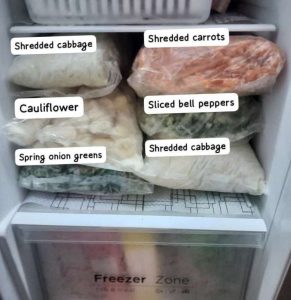
Previously, I’d involve my kids in the veggie chopping process by distributing vegetables among them and working together to chop and prepare them over the course of a few hours.
However, in 2021, I got this amazing FullStar chopper, which was our go to for veggie prep. It had thousands of 4 – 5 star ratings, and my kids had really started enjoying chopping with me. QadarAllaah, it broke in January of this year (2025 – a good 4 years almost).
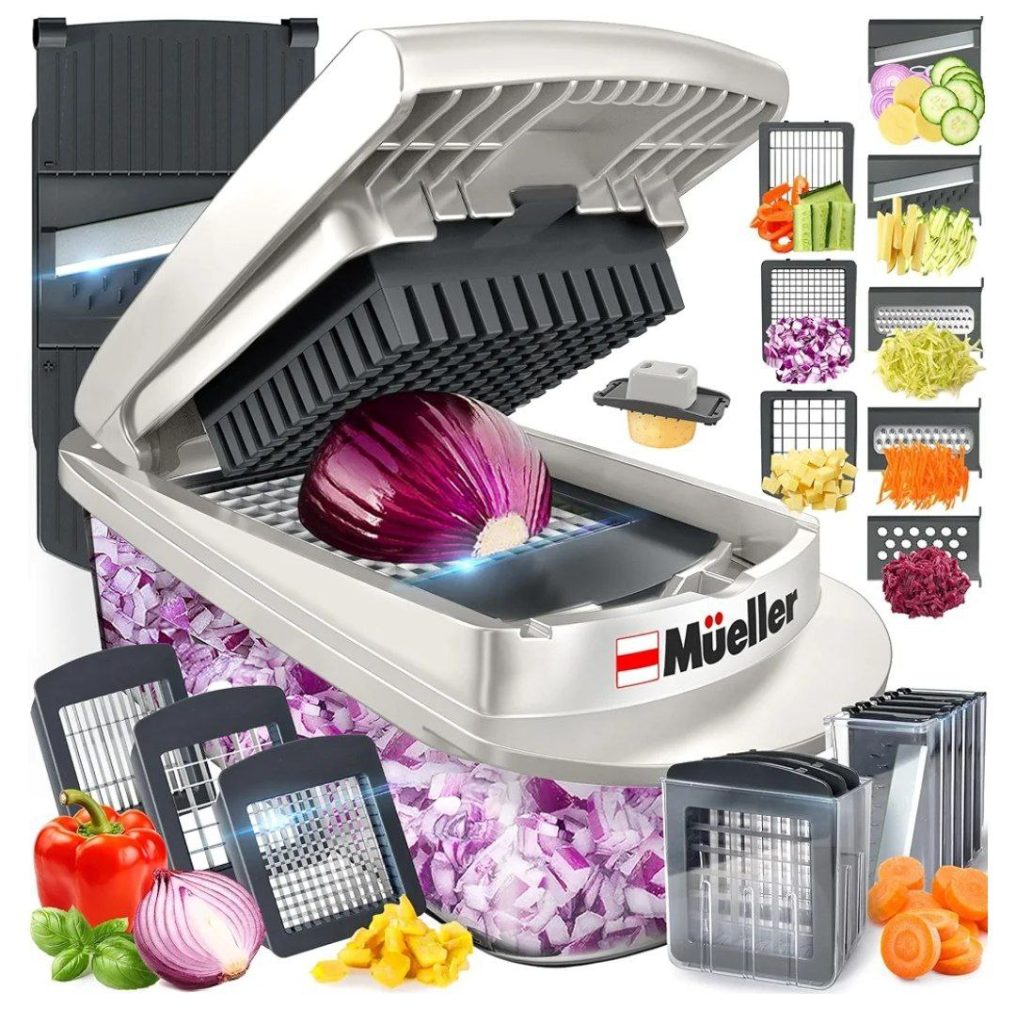
But, this time around, I ordered another brand, Mueller. It’s supposed to be arriving in a few weeks, in shaa Allaah. Both choppers are dishwasher safe, which will make cleaning a cinch, once we get a dishwasher. I changed the brand because I felt I needed the slice/julienne blade, and FullStar does not seem to carry it. Price wise, I observed, this one seems to pack more in the same range, wallaahu a’lam.
That said, honestly, not all veggies can be chopped in it. In this article, I’ll show you how I prep and freeze most of my veggies. (If you’ve any questions on the vegetables mentioned below, or other than these, please feel free to leave me a comment at the end, and I’ll try my best to help you, in shaa Allaah).
Now, here are some ways I chop my vegetables, and my must haves in the freezer.
Onions
I bulk buy onions when they’re on sale. Then, I first peel the outer layer of all the onions, cut them all into halves or quarters, and cube them by using the chopper. I use the smallest cube blade, and chop until the bottom container is full. After that, I empty the container into medium-sized clear bags. You could easily do all this chopping without the chopper too.
To freeze the bags, there should be enough space in the bag at the top so that it can either be folded back nicely, or sealed, or else the freezer will stink. However, even with all the bags sealed, it does stink the first day (until everything is frozen well).
Chopped onions ready to go into the freezer.
These frozen onions are best used for cooking, sautéing, or frying. Like I mentioned before, they do lose their crunchiness, so they’re not really good for some salads.
Raw onions can stay fresh up to 8 months in the freezer.
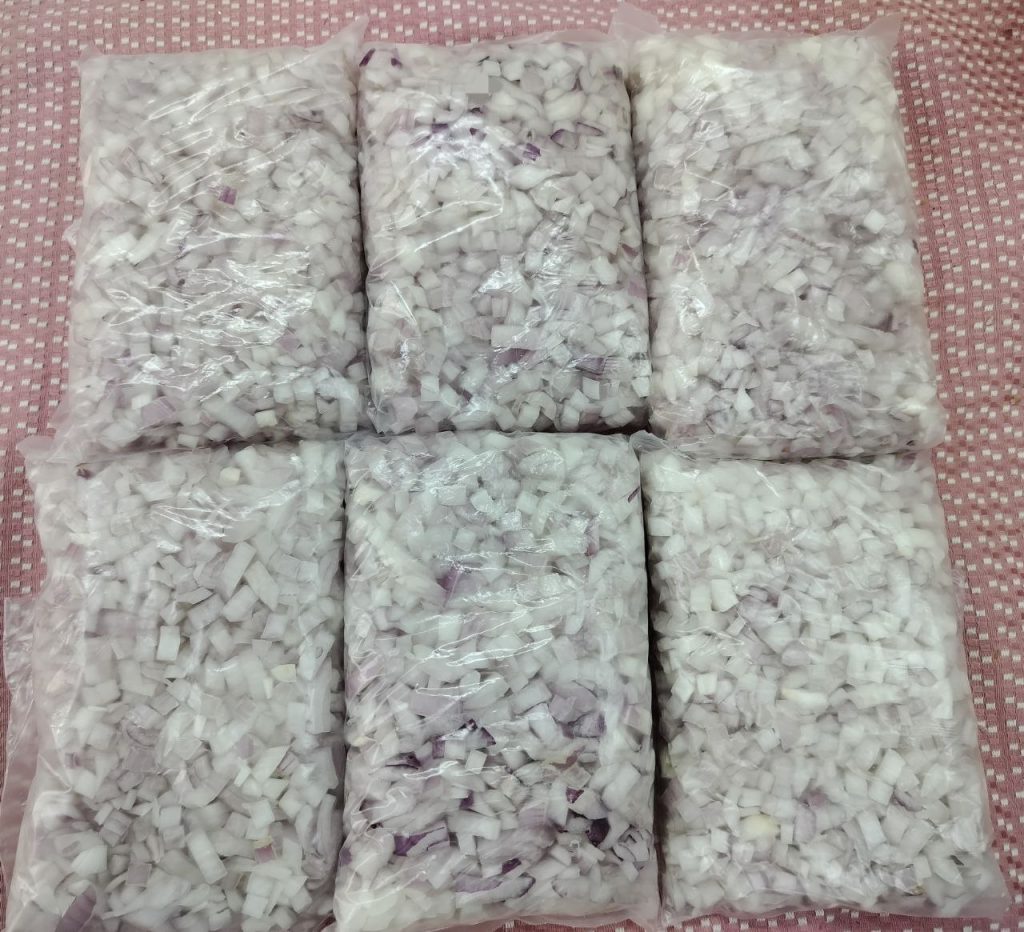
You can also cut onions into quarters and freeze them this way too in bags. Once frozen, if you slice them, they won’t make you “cry”, in shaa Allaah – tried and tested. These caramelize really well. I also use the quartered onions, as they are, for baked dishes. Personally, I find onions to be the hardest to chop and use when I’m busy with kids, so pre-chopping it, and freezing it, saves me a lot of time!
Carrots
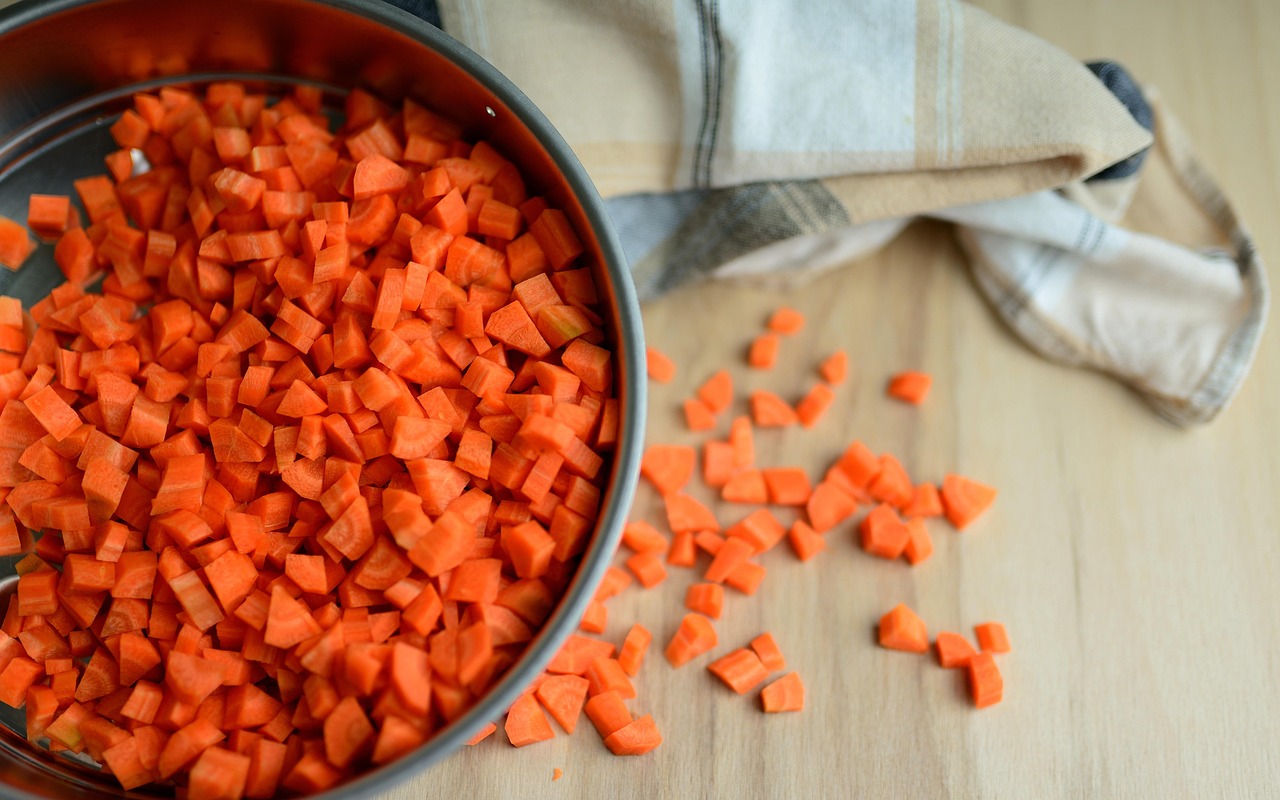
Carrots are simple to work with, but slightly more tedious than onions if you like them shredded. I first peel them, then chop them into halves, then slice them lengthwise. It’s easier to chop them in the chopper if the pieces are not too big. You can then chop using the small cube blade or large cube blade. If you’re short on time, you can get really good offers in supermarkets on frozen chopped carrots, usually by the end of the month.
If I had the slice blade, I’d definitely cut some in that style and freeze, too. However, I shred them with my Braun hand blender, Multi Quick 9 (pricey, but this is my most favorite appliance in the kitchen [chopper’s my second most] and I’ve had it for more than 8 years now, allaahumma baarik – I’ll make a post on that too, one day, in shaa Allaah) and freeze them in similar bags to onions. I also use this budget friendly rotary handheld shredder (less than 30 SR) which is a much better option for kids, in my opinion.
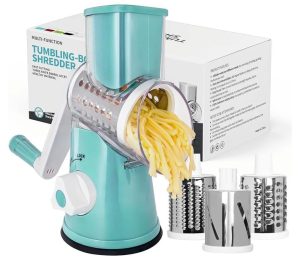
I use shredded carrots for spring roll fillings, for garnishing, for soups, and much more.
Once stored in the freezer, carrots will stay fresh for 12 months or more.
Bell Peppers – Capsicums
We love bell peppers here! (Well, most of us). They come in a variety of colors, and not only taste nice, and are full of vitamins, but also make the most simple dish look vibrant. My kids have them as is with dips (recipe coming up, in shaa Allaah), in salads, and in their school lunches. I also cook a variety of dishes with it, so that’s why I chop and freeze them. Frozen bell peppers are excellent over pizza, pastas, and in Chinese and Mexican cuisine. I usually slice them, bag them according to their color, and freeze them.
They can stay fresh for over a year in freezer, but best to have them before 6 months.
For my plant lovers, you can save the seeds, and grow peppers, really fast and easily!
Cabbage
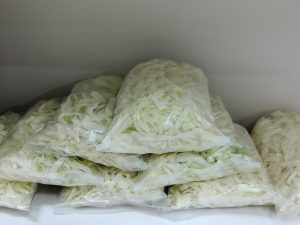
Cabbages are a staple at our house. We use it in almost every stir fry, and it adds a subtle taste to vegetable dishes like no other vegetable. This is a must have in my freezer. I bulk buy and use my Braun hand blender, Multi Quick 9 to shred it and freeze it. You can also do it manually, just takes longer if you bulk buy. We especially like to have it in vegetable fritters.
For best quality, use frozen cabbage within nine to 14 months.
Cauliflower/Broccoli
Did you know you can use the ends of cauliflower or broccoli and make really nice soup and gravy with it? Or a pizza base? Even cauliflower rice! So, while you can chop and freeze the florets, the ends are just as useful, tasty and salvageable. (I freeze the florets and ends separately).
You can enjoy frozen cauliflower and broccoli for 8–12 months.
Tomatoes
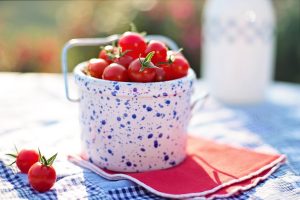
Frozen tomatoes are game changers. They don’t need to be pretty, but they should be fully ripe if you’re freezing them. Using under ripe or inferior tomatoes will yield disappointing results.
When slightly thawed, they peel easily, and sometimes blend in with the food without much effort from your side. Frozen tomatoes also make really tasty tomato salsas and sauces when blended. You can also chop and freeze them, if you like. Personally, I find it less time consuming to chop or blend after they’re frozen.
Frozen tomatoes will last in the freezer for about six months.
Fun fact: Tomatoes are the easiest vegetable/fruit to grow from seeds. You can literally just throw the leftovers (with seeds) or the pulp in the soil, and it’ll sprout. And they love the warm weather.
Beans
This doesn’t really need a place here, but incase you didn’t know, all kinds of beans can be frozen, from baked beans to black beans, canned to cooked. Very easy and straightforward, young children can also help you in chopping and freezing them. And if you’re short on time, you can buy ready made frozen beans.
While fresh green beans will only last about a week in your refrigerator, they’ll keep for up to one year in the freezer.
Moringa Drumsticks
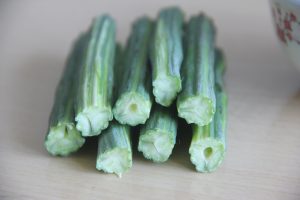
Freezing moringa drumsticks takes a little time. They need to be blanched before you can freeze them. Chop them into desired length, boil them for 3 minutes, remove from hot water, pat dry and put them in Ziploc bags and freeze. This blanching method prevents moringa drumsticks from freezer burns.
Drumsticks can be preserved for up to a year in the freezer.
Pumpkins & Squash
Uncharacteristically, my kids love all types of squash and pumpkins. First, I had to learn which ones were ripe enough to buy. You do that by the “fingernail test,” in which you press your nail into the skin of the squash. If your nail only makes “a dent, but not a cut,” your squash is ripe. If it’s easy to pierce, the squash is not ripe and will taste starchy, flavorless, and sometimes even bitter. Second, to freeze, I like to peel the outer skin, and cut them according to the size I need, and then place them, without touching each other, in a tray until they freeze. Once frozen, I put them in bags.
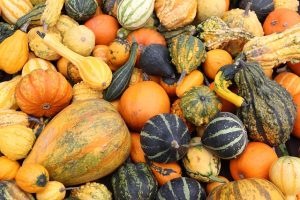
Properly packaged and frozen, squash and pumpkins should maintain high quality for approximately 10 months in the freezer.
Eggplants
Eggplants cannot be frozen raw, similar to moringa drumsticks. You need to blanch, bake or fry them before freezing. Sometimes I cube them using the chopper, and fry and freeze. Other times I slice them, then bake and freeze. Excellent for a quick mutabbal, salad additions, as well as, of course, food.
Frozen eggplant lasts in the freezer for 8 to 12 months.
Ginger & Garlic
Contrary to some styles of cooking, I do not use ginger/garlic paste in every dish I cook. So, I bulk buy garlic, roughly chop it using the Braun MultiQuick (again), put it in a glass jar, and freeze them as is. The glass jar helps prevent the smell to spread and keeps it fresh for longer. To use it, I leave the jar out for a few minutes, and it scoops out readily. I then use the chopped garlic for sautéing, garnishing and in other ways. As for the ginger, I peel and chop them into large pieces. place them in bags, and that’s it. I mainly use ginger for soups, and teas.
Herbs & Leafy Greens
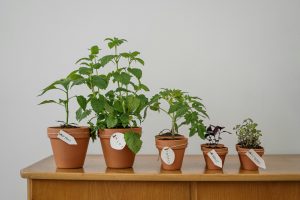
I freeze a lot of my herbs, from dill to cilantro, curry leaves to mint leaves. I wash them, spread them out so they dry, and freeze them in bags. I’ve also put them in oil and frozen them in ice cube trays. For cilantro, I usually make a paste with the leaves and freeze that, while I freeze the ends as they are. Curry, and, mint leaves go in, as is, as well, in a Ziploc bag.
So, I really hope this article helps you in cutting down your cooking time drastically like it has mine, in shaa Allaah. It’s certainly made a difference in my teens’ lives, who have started taking over the kitchen more than usual, especially when I’m busy or not feeling well. May Allaah bless them and you all.
If you’ve any comments or questions, please feel free to ask me in the comments below, or email me here.


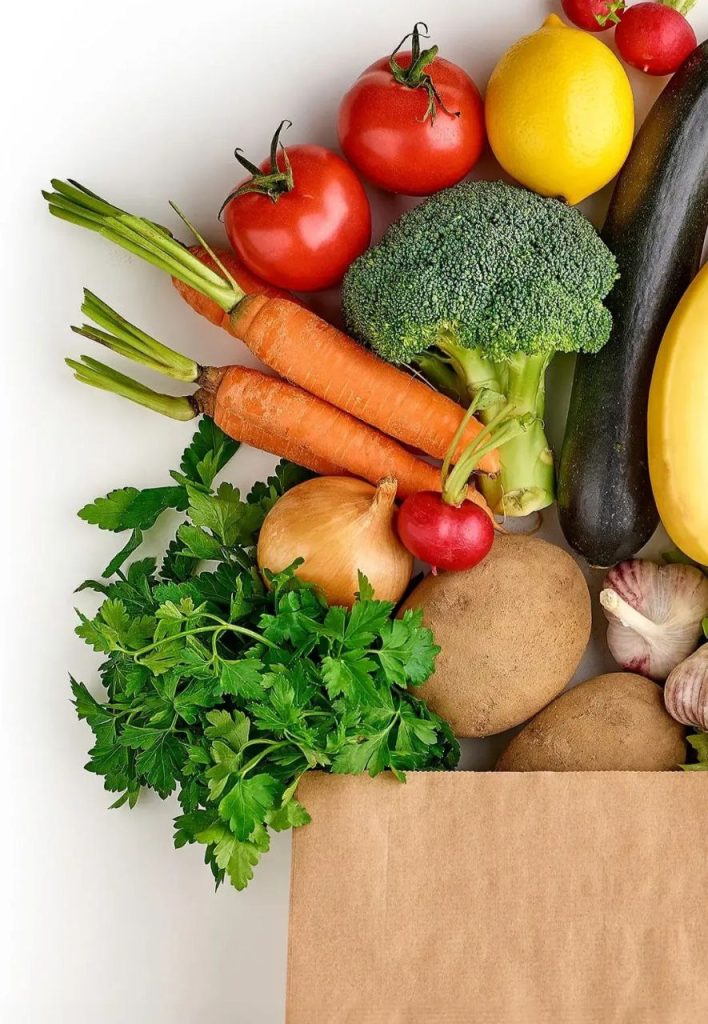


What about beetroots ukhti?
And cucumbers?
And lettuce?
It’s best to boil beetroots before freezing them.
Cucumbers loose their crunchiness when frozen, so once thawed, they’re best for juices, smoothies, or soups and cooked dishes.
And that’s similar to lettuce as well, you can freeze it, but it’ll not be good for salads once thawed.
Loved learning new tips. Specially the squash and pumpkin one! So cool. Allah huma barik
Aww alhumdulillaah, I’m so glad! Wa feeki BaarakAllaah.
Very useful tips! Definetely needed this, baraka Allahu fiki.
Alhumdulillaah, wa feeki BaarakAllaah. I’m so pleased to hear that ukhtee.